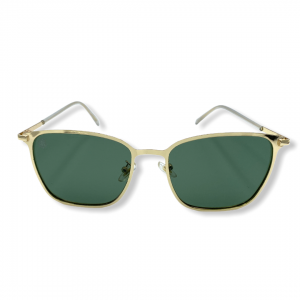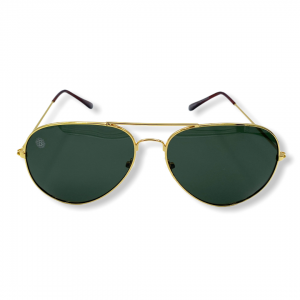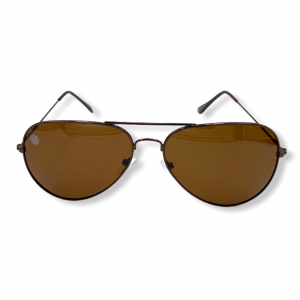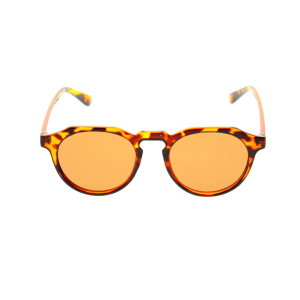What is UV-radiation exactly? Ultraviolet (UV) rays are invisible, high-energy light rays. These rays (or radiation) are primarily emitted by the sun, although there are some artificial UV light sources, like solaria and tanning beds.
Natural protection vs sunglasses
Human body hair and clothing protect them from UVB, but eyes are vulnerable. Common eye problems resulting from over-exposure to UVB include cataracts, snow blindness, and other ailments, both in humans and animals. While many modern sunglasses offer some UV protection, a significant amount of UV can still reach our eyes in a high exposure situation.
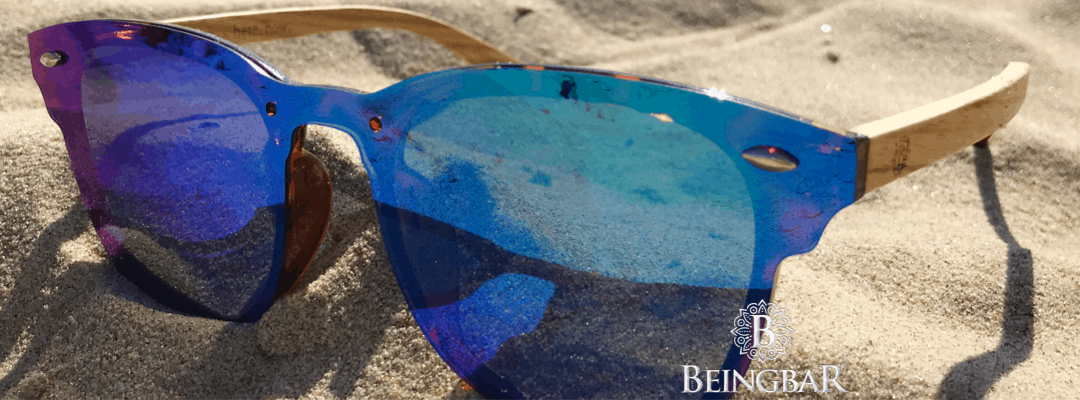
High UV protection sunglasses help to keep your eyes healthy
UV damage to eyes
UV rays can seriously damage your skin but also your eyes. And the big issue is that this damage is not immediately visible or noticeable without specific equipment. So some specialist call it a "silent killer". Not in the sense that it actually kills you, but it does cause damage overtime, without you immediately noticing it.
Three different types of UV radiation:
UV light consists of three different types: UVA, UVB and UVC. Or UV-A, UV-B and UV-C. These different rays have different characteristics:
UVA rays
UVA has longer wavelengths and passes through glass easily; not all experts agree about whether or not UVA should be your biggest concern when it comes to eye damage, but most evidence suggests that it should be taken very seriously. That is why sunglasses with the UV 400 label filter almost 100% of the UVA radiation.
UVB rays
UVB rays also cause damage to your eyes and skin, making sunglasses and sunscreen an absolute must. UVB rays are the main reason why your skin tans in the summer, because your body responds to sunburn by producing a pigment called melanin, with the goal to avoid further skin damage.

UV radiation from the sun is more damaging than you might realize
UVB protection
The clothing on your body, as well as you hair protect you from UVB rays. But your eyes are particularly vulnerable. Common eye illnesses resulting from over-exposure to UVB are cataracts and snow blindness. While many quality sunglasses, especially with the specific UV 400 indication, offer proper UV protection, a certain amount of UV rays can still reach your eyes. Mostly from the sides, passed thUV lenses.
However, the interesting thing is that UVB rays are largely blocked by glass. That's right, by glass. So not the UV filter that is placed on or in the lens of your sunglasses. Research has shown that a percentage of the UVB rays are not blocked though. Those remaining rays are almost completely blocked by the UV filter in your UV 400 sunglasses.
UVC rays
UVC rays are damaging to skin and eyes too, but most of these rays do not reach the earth because the earth's atmosphere blocks them. So unless you are a pilot
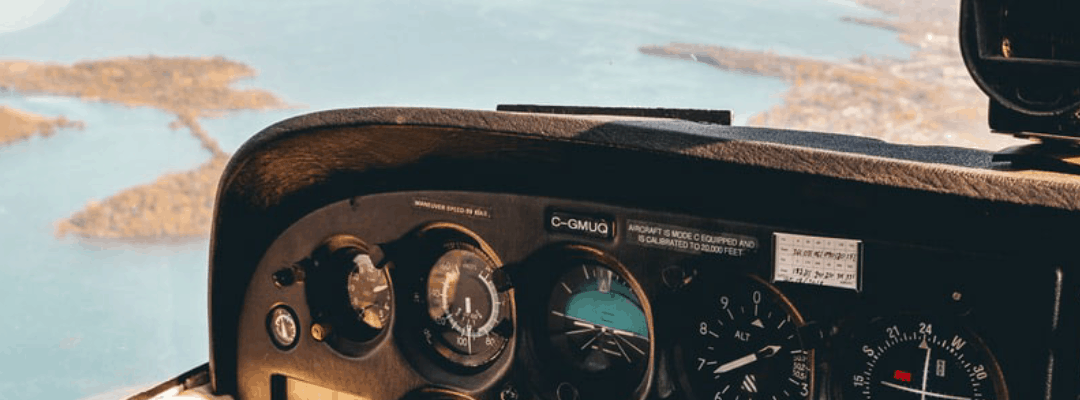
A pilot or flight crew member has a higher risk of UV damage
The good and the bad of UV
So although skin protection from UV light gets a lot of attention in the media (including online) in recent years, there is a very good reason why you should be just as concerned with your eyes. Sunlight is fantastic. It contains vitamins (for instance Vitamin D) that are important to keep you healthy (both physically and mentally). But there are side effects that you should not ignore.
If you are mindful of these dangers, you avoid having eye health issues later on in your life. Especially if you spend a lot of your life in environments with lots of reflective surfaces, you should take UV protection for your eyes seriously. What I mean with reflective surfaces I mean water, snow and even the road
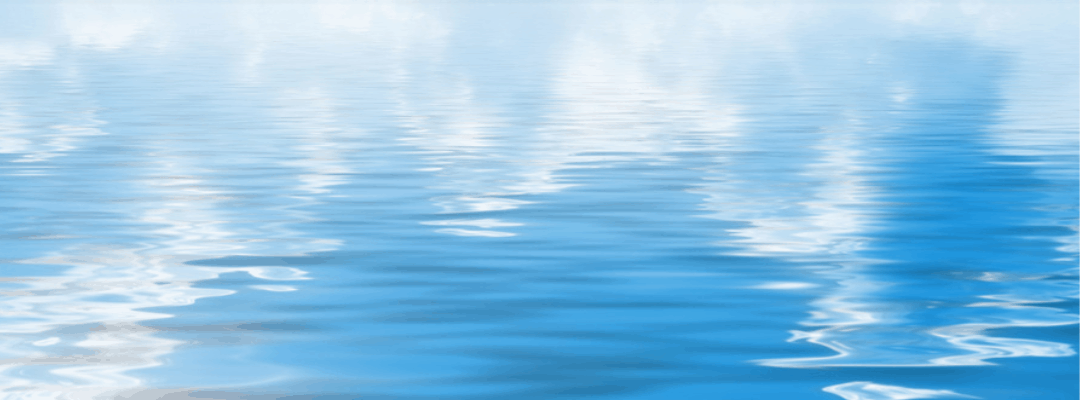
UV rays are reflected by flat surfaces, like water and even the road
UV protection for truck drivers and other "road warriors"
If you are a truck driver and spend most of your day on the road, you should know that that "long road ahead" reflects a lot the sun's rays right in your eyes. Yes, a road generally is dark or even black, and will absorb part of those rays. But certain weather conditions will cause the surface to reflect even more.
UV protection for sailors and other "water rats"
Then there is another specific group of people that have a larger risk of UV damage overtime. UV protection is especially important for people with professions and hobbies on or around water. For instance, if you are a sailor or a skipper. Or you work for the water or marine police, life guards, fishermen, water recreation industry, ...). Being around the surface of water puts you at greater risk of sun damage, because of light reflection on the water's surface.
(NB: if you want to read an article about this, go here).
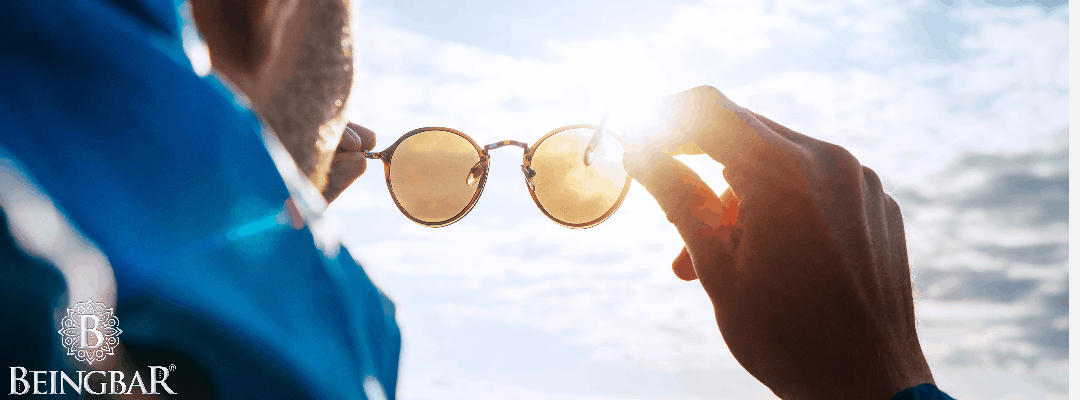
Spending a lot of time on or near water increases your chances of UV damage overtime
UV protection for flight crew and other air travelers and "hodophiles"
The NCRPM, or National Council on Radiation Protection and Measurements, states that flight crews get the largest annual effective dose of UV radiation while on the job. Flight crews of high-altitude flying aircraft are exposed to high levels of UV radiation while working in the upper reaches of the troposphere and lower stratosphere. The technical explanation is that the air density in that portion of the earth’s atmosphere is thinner and therefore filters less of the dangerous solar radiation.
"UV radiation increases at about 6-10% with every 1,000 ft. of altitude. Between 31,000 and 41,000 ft., where most jet aircraft cruise, UV radiation exposure doubles."
So, summarizing this article: the dangers of UV radiation are very real. It is as important to your eyes as it is for your skin. This applies to anyone, but specifically for people who spend a lot of time outdoors. And even more for people who spend a lot of time on water, in the air or on the road. So make sure you take your eye protection seriously when spending time outside. And if you consider yourself to be be in any of the special categories, you are now warned. We cannot live without sun, but as the saying goes: too much of a good thing...
Speak soon!
About BEINGBAR
At BEINGBAR we walk the talk. Our journey started in 2011 when we set out to make sustainable eyewear and fashion accessories. We were looking for the highest quality products, without sacrificing our core principles around sustainability and care for the planet. We are just at the front of a huge environmental crisis on our planet, and not taking action is no longar an option if we want to keep living in comfort for another couple of generations.
Showing 67–69 of 86 results
Most of our eyewear is made with fastgrowing bamboo elements and we avoid the use of non durable materials and plastics whenever we can in our products, production and logisics. And more importantly, we make sure or products are built to last, not to replace. Yes, we too believe that it is a crime to create something with the goal of limiting its product life, so you need to come back and buy more. And yes, it happens all around us!
We publish posts about sustainable living, sunglassed and planet centric fashion regularly. Are you interested in reading more about these topics? You can sign up for free and get a notification when we post something relevant for you. Go to beingbar.com and sign up for free.
Click here to read more. Or visit BEINGBAR.com

